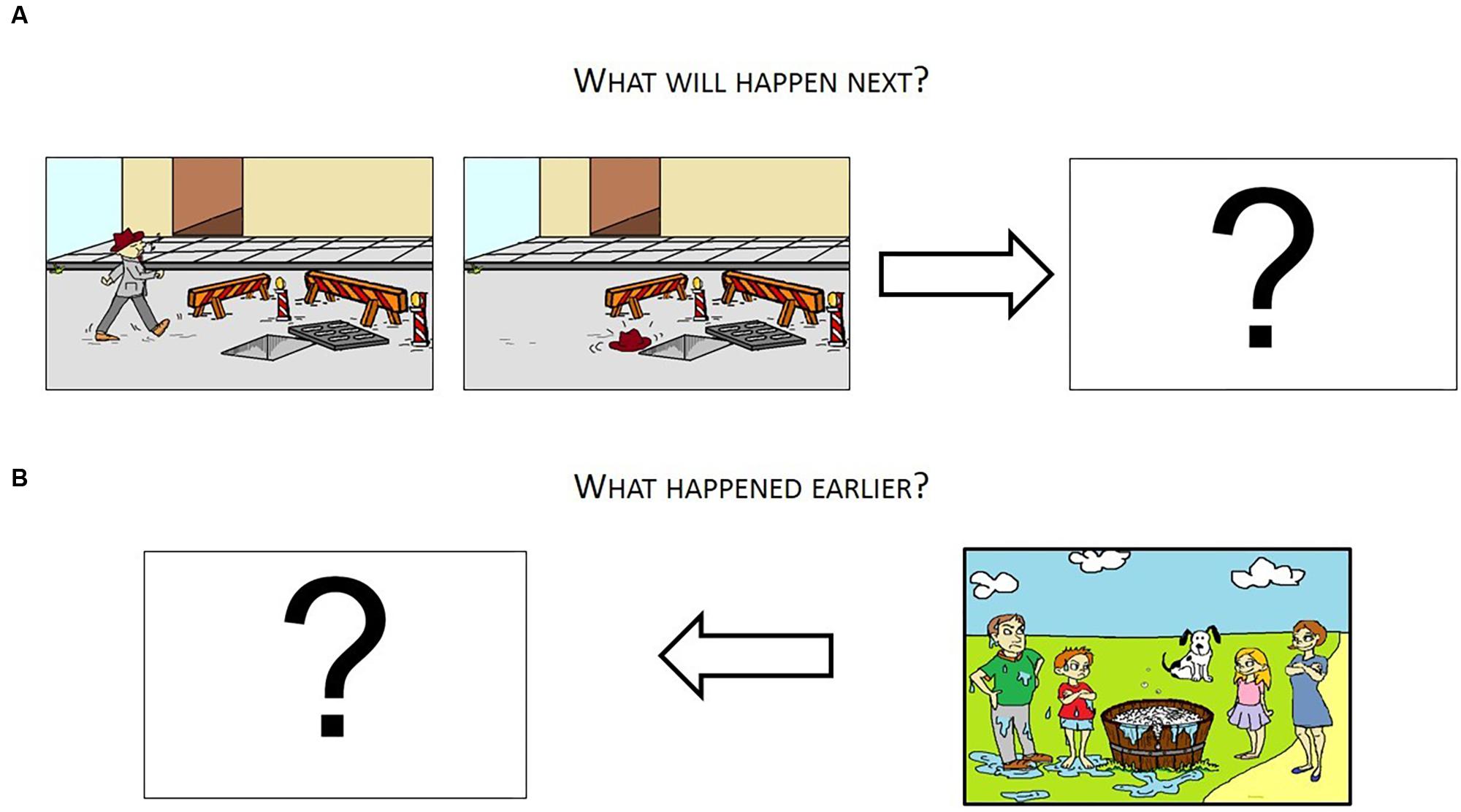

However, they showed decreased ability to make connections or interpret the incoming linguistic information, weaker retrieval performance, difficulties in unscrambling information and decreased ability to use organizational strategies to integrate information or form meaningful links between stimuli in a semantic network, as in the Sentence Unscrambling, Vocabulary Selection and Word Recall tasks. Therefore, immediate linguistic context and local contextual cues facilitate ASD children’s reading of homographs/homophones in Chinese.

These results contradicted previous findings in English homograph/homophone studies because in Chinese one character in a two-character word can be a contextual cue to the pronunciation of homographs or usage of homophones. They performed as well as TD participants given the word-level context and explicit instructions. The findings suggested that participants with ASD ignored global features and focused on local ones, in accordance with the central coherence theory. Instead the participants with ASD selected fewer concrete nouns and abstract nouns than TD participants, showing their weakness in using semantic relatedness for categorization. In the Vocabulary Selection Task, Participants with ASD showed no impairment in choosing mental-state words, suggesting that theory of mind was not a factor affecting their performance. Participants with ASD showed difficulty in integrating the scrambled information into coherent sentences. In the Sentence Unscrambling task, participants had to reassemble scrambled words into sentences. Participants with ASD were able to use the linguistic context to perform as well as TD participants due to the detailed-focus cognitive style and ability to focus on local features. In the Lexical Choice Task, participants selected a word to fill gaps in the Chinese sentences given. The participants benefitted from the immediate Chinese linguistic context. While the results for English Homophones were consistent with previous studies, judgements of the Chinese homophones depended instead on the word level. In the Homophone Task, participants made judgements on the use of homophones based on the content of the sentence. Both weak central coherence and verbal working memory affected their performance. The results showed weaker performance of participants with ASD in using the context for retrieval, and weaker ability to use links between word representations in semantic networks. In the Word Recall Task, participants freely recalled a list of semantically-related and unrelated words. Participants used the local context to give appropriate pronunciations of the homographs. In the Homograph Task, two-character words were used to investigate context effects. Six tasks were conducted with 22 Chinese-English bilinguals with ASD and 24 Typical Developing (TD) bilinguals to investigate reading at word and sentence levels.

This study explores the reading behavior of Chinese-English bilinguals with ASD in Hong Kong in relation to the Central Coherence Theory. University of Hong Kong, Pokfulam, Hong Kong SAR.Īutism Spectrum Disorder (ASD), a neurodevelopmental disorder affecting approximately 1% of the worldwide population, is characterized by impaired development of social communication, cognition, emotions and behavior. Central coherence in relation to reading in Hong Kong bilingual children with autism spectrum disorder.


 0 kommentar(er)
0 kommentar(er)
